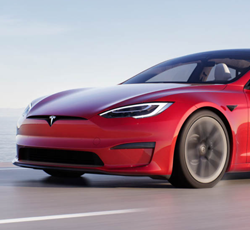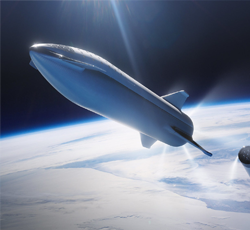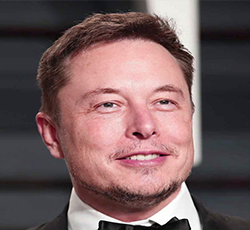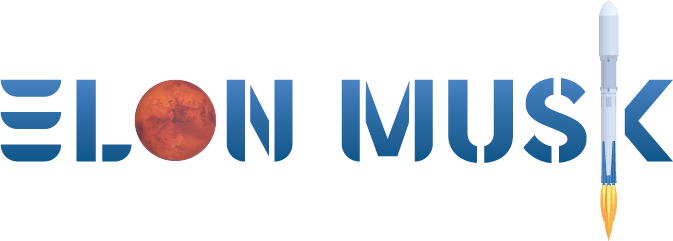
Hyundai’s Atlas robot takes the spotlight as Tesla's Optimus stumbles
- by koreaherald
- Nov 12, 2024
- 0 Comments
- 0 Likes Flag 0 Of 5

Subscribe +
With Atlas showing off real autonomy in factory tasks, Hyundai’s Boston Dynamics is capturing global attention for advancing robotics beyond flashy demos
Boston Dynamics’ humanoid robot Atlas autonomously sorts engine cover parts using vision-based recognition in an automotive factory, as demonstrated in a video released by the company on Oct. 31. (Hyundai Motor Group)
Hyundai-owned Boston Dynamics has been making headlines with the latest developments in its humanoid robot, Atlas. In recent promotional videos, the all-electric version of Atlas is shown performing complex tasks in a simulated factory environment, suggesting that the company may be closer than ever to deploying humanoid robots in industrial settings.
This unveiling comes about a month after Tesla demonstrated its own humanoid robot, Optimus, at the company's "We, Robot" event, while reports later surfaced that Optimus was largely controlled by human operators during the presentation.
Tesla's Optimus demo raises eyebrows
On Oct. 10, Tesla introduced the second generation of its Optimus humanoid robot. The event showcased Optimus’ improved mobility and dexterity, including a new hand design that allows for finer manipulation. However, it has since been reported that Optimus was remotely operated during much of the demonstration, raising questions about its readiness for autonomous factory work.
Tesla’s Optimus robot, wearing a cowboy hat, performed tasks like serving drinks at the company's “We, Robot” event on Oct. 10, though reports suggest much of the spectacle was achieved with human assistance. (Tesla)
Kang Hee-jin, an analyst at Samsung Securities, observed that there was zero mention of factory deployment timelines at Tesla’s event -- a notable omission given Elon Musk’s previous promises. Earlier this year, Musk had claimed Optimus would be ready for mass production and use in Tesla’s own factories by 2025, with a wider rollout by 2026.
"Investor reactions to the event were lukewarm. This absence of concrete plans suggests either that full autonomy is farther off than Tesla anticipated, or that humanoid robots may not be suited for industrial use in the near term," Kang said.
Rapid evolution of Atlas
Originally conceived for disaster response, Boston Dynamics’ Atlas has been continuously refined and is now demonstrating potential applications for industrial tasks. Unlike previous iterations that relied on complex hydraulic systems, the version of Atlas introduced earlier this year uses electric actuators, which simplify its design and potentially make mass production more feasible.
The shift to electric actuators, which involve a streamlined motor-reducer-inverter system, allows for better modularization and precise control. This design change also offers cost advantages, as it enables standardization across multiple joint components. Tesla adopted electric actuators for Optimus earlier on, standardizing 28 actuators down to just six types, which aids in production scalability.
(Hyundai Motor Group)
In Boston Dynamics' recent video, the latest Atlas is shown autonomously sorting objects in a simulated factory setting. Using a new machine-learning-based vision model, the robot can recognize parts, determine the correct grip points, and place items in designated compartments. Atlas also demonstrates the ability to learn from mistakes. When it encounters an error -- such as getting an object stuck in a compartment -- it adjusts its actions and resumes work without human intervention.
An official from Boston Dynamics emphasized that these actions were performed without remote control.
Please first to comment
Related Post
Stay Connected
Tweets by elonmuskTo get the latest tweets please make sure you are logged in on X on this browser.






 Energy
Energy
















